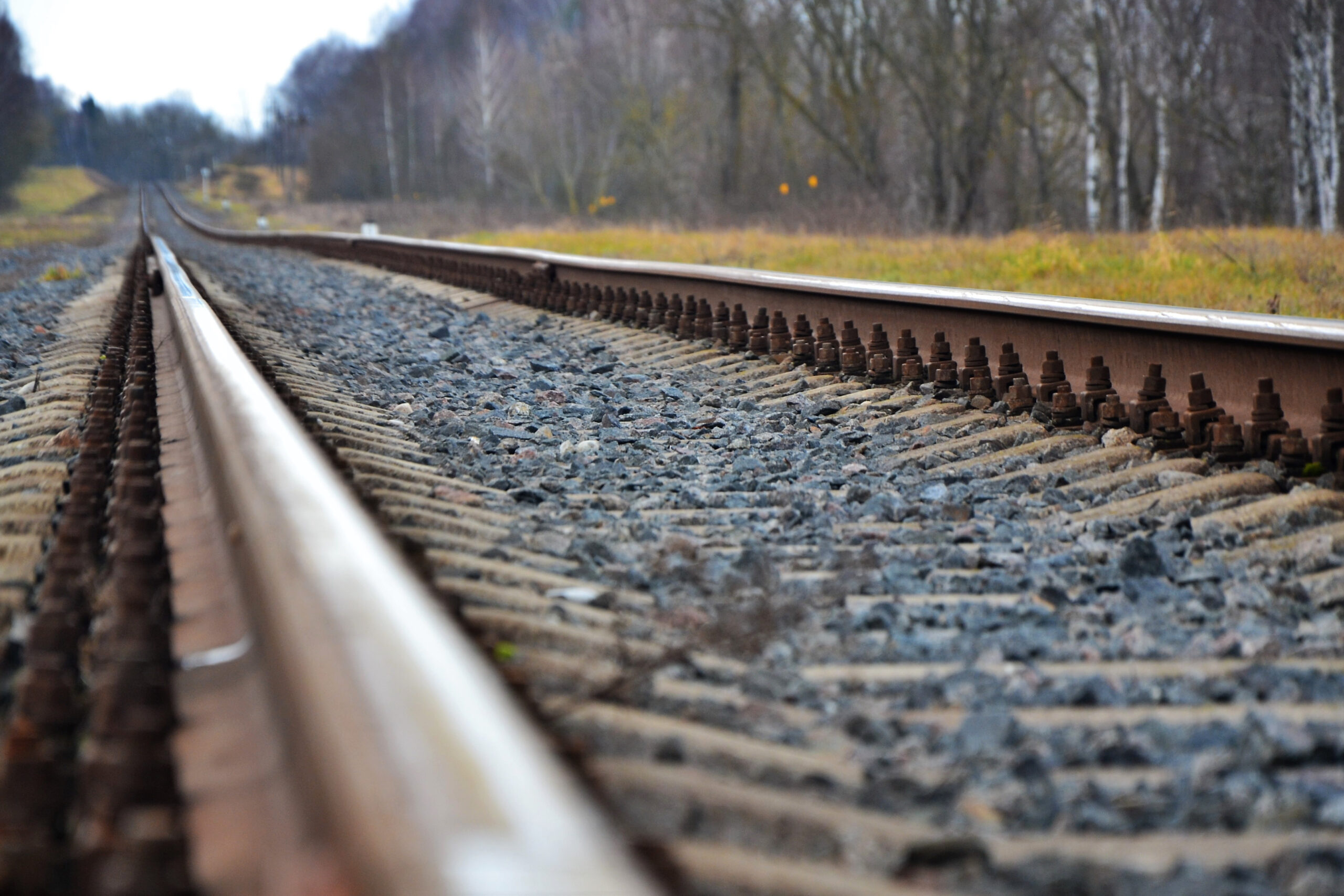Opinion: Recognizing progress and opportunities for our railroads during Rail Safety Week

By Jeff Buddle
The writer is president of the Professional Fire Fighters of Maryland.
Every three hours in the United States a person or vehicle is hit by a train, and 60% of collisions occur at crossings that are equipped with lights and/or gates. More than 2,100 people across North America are injured or killed at crossings every year, most times due to trespassing incidents. To lower these devastating numbers and mitigate safety concerns, Operation Lifesaver leads the collaborative effort of Rail Safety Week to stop these track tragedies.
Given my post as president of the Professional Fire Fighters of Maryland, I am particularly attuned to the seriousness of rail accidents and the necessity for Rail Safety Week. My sole focus is on keeping communities safe, and this educational week is a timely reminder of both the dangers of rail and efforts communities can partake in to educate and mitigate such tragedies.
The general public often hears of major rail disasters, like the East Palestine derailment. And that accident was newsworthy. The gruesome accident still has communities raising contamination concerns seven months later. But most accidents that occur on the tracks don’t make the national news, even though they are just as devastating to communities. I have seen firsthand the pain rail accidents can bring to families and neighbors.
94% of all rail-related fatalities and injuries occur at railroad crossings or are due to trespassing on tracks. According to the Federal Railroad Administration, trespassing along railroad rights-of-way causes more than 400 fatalities nationally each year, and is the leading cause of rail-related deaths in America.
Despite these numbers, the good news is that the trajectory of rail safety in America is overwhelmingly positive.
The American economy is deeply dependent on railroads. Not only are railroads the center of the American experience and part of our nation’s history, but they are also part of our future as well and truly make interstate commerce possible. Railroads support over a million American jobs, paying around $71 billion in wages annually, pay billions in taxes every year, and are corporate citizens donating millions each year to local communities.
Right here in Maryland, CSX and Norfolk Southern both operate throughout Maryland and offer intermodal service through the Port of Baltimore. Just recently, CSX donated $5 million to Baltimore’s B&O Railroad Museum – a big chunk of the eventual $30 million price tag for the upcoming B&O bicentennial celebration. Norfolk Southern has also upped its giving via a new “Thriving Communities” effort.
The importance of railroads couldn’t be clearer. But there’s still work to do. Economic benefits aren’t a substitute for safety; railroads have to stay focused on keeping our rail system safe for all.
As a public safety stakeholder, I’m encouraged by the efforts I have been seeing. Rail Safety Week is a great time to recognize the progress made in recent years, while also thinking about how we can help the railroads do even more. Safety is part of the journey for many industries and should always be a main priority.
Rail transportation stands to play a central role in our daily lives for the foreseeable future, and with continued focus, we can continue to build an even safer rail system to power us forward for years to come.




 Creative Commons Attribution
Creative Commons Attribution